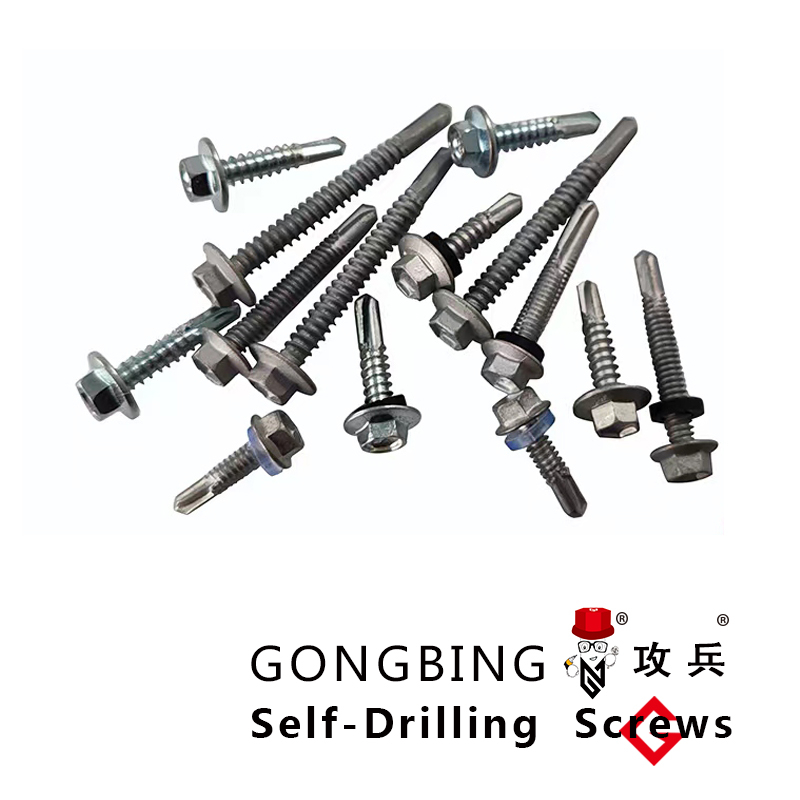Trends and Insights in Chemical Anchor Pricing for the Construction Industry in 2023
Understanding the Price Dynamics of Chemical Anchors
Chemical anchors play a vital role in construction and engineering industries, providing robust solutions for fastening and securing structural elements. Unlike traditional mechanical anchors, chemical anchors use a special adhesive or resin to bond the anchor to the substrate, offering superior strength and durability. As their applications expand in various sectors—from residential buildings to large-scale infrastructure projects—the pricing of chemical anchors has become a vital consideration for contractors and engineers.
Understanding the Price Dynamics of Chemical Anchors
Market dynamics also play a crucial role in determining the pricing of chemical anchors. Fluctuations in raw material prices, especially for polymers and resins used in production, can lead to price adjustments. Moreover, geopolitical factors, supply chain disruptions, and changes in environmental regulations may influence availability and pricing. For instance, the COVID-19 pandemic highlighted vulnerabilities in supply chains, causing delays and increased costs for many construction materials, including chemical anchors.
chemical anchor price

Another critical factor affecting pricing is competition among manufacturers. As more companies enter the market, pricing strategies may shift in response to supply and demand dynamics. Established brands with a strong reputation for quality often command higher prices, whereas newer or lesser-known brands may adopt competitive pricing to gain market share. This competitive landscape ensures that consumers have a range of options to choose from, accommodating various budgetary constraints while still seeking quality and reliability.
Additionally, the specific applications of chemical anchors can impact their pricing structure. For example, anchors designed for high-load applications or those exposed to harsh environmental conditions may come at a premium due to their enhanced performance characteristics. Similarly, specialized anchors used in seismic zones or marine environments are engineered to withstand extreme conditions, thus raising their production costs and, consequently, their selling prices.
Users also need to consider the total cost of ownership when evaluating chemical anchors. While initial costs may be higher than traditional anchors, the long-term benefits of chemical anchor systems—including improved safety, reduced labor costs for installation, and lower maintenance requirements—often justify the investment. Moreover, many manufacturers offer warranties that can provide additional peace of mind regarding the longevity and reliability of their products.
In conclusion, the pricing of chemical anchors is influenced by various interconnected factors, including raw material costs, market competition, application-specific requirements, and broader economic conditions. As construction projects grow in complexity and scope, the demand for reliable anchoring solutions will likely continue to rise, influencing future pricing trends. For industry professionals, staying informed about these dynamics is crucial for making economically sound decisions that not only meet project specifications but also ensure safety and durability in construction practices.
-
Weatherproof Plastic Expansion Anchors for OutdoorHabarlarJun.06,2025
-
Sustainability in the Supply Chain: Eco-Friendly TEK Screws ProductionHabarlarJun.06,2025
-
Load-Bearing Capacity of External Insulation FixingsHabarlarJun.06,2025
-
Double Head Bolts: Enhancing Efficiency in Industrial MachineryHabarlarJun.06,2025
-
Corrosion Resistance in Chipboard Screws: Coatings for Wholesale DurabilityHabarlarJun.06,2025
-
Butterfly Toggle Bolts : Enhancing Structural ResilienceHabarlarJun.06,2025
